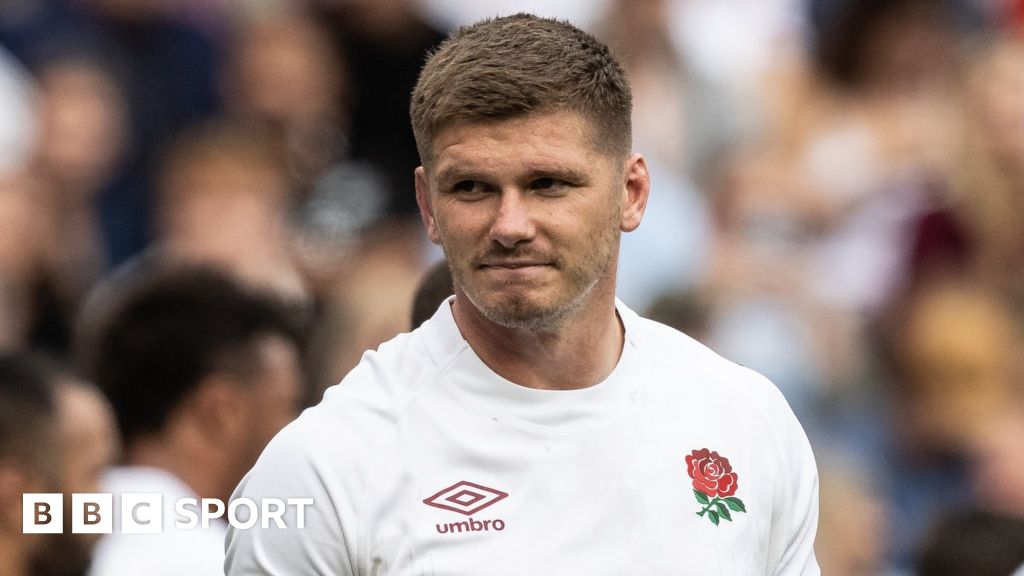On the subject of refereeing decisions I have a couple of situations I have thinking about and how they are treated.
1) with the relatively new rule where you have to release a player if he gets his knees to the ground what would happen if the defender was holding the player up 1 or 2 meters out from the try line, then the attacker gets a knee down so defender is told to release and the player with the ball falls to ground and is able to reach out and score ?
2) similar to the example mentioned in this game why did they still check grounding if a penalty try was going to be awarded? This gives me the impression that if the try is still scored then that is awarded rather than the penalty try?
So, if a team is losing by 6 points and a player has his head taken off while diving for the corner but still scores the try then the try still stands with conversion needed from the sideline even though the penalty try would give a guaranteed victory?
For 1) technically the law applies so that yes, in the field of play (i.e. if not over goal line) the tackler must release, and then the ball carrier may immediately reach out and place the ball in any direction (i.e. touch it down and score).
For 2) even if a try is scored, the law states that a penalty try can be awarded if a try would have been scored in a more advantageous position.
HOWEVER rugby is a game with a lot of 'norms' and 2) highlights one - I don't think I can think of a situation where the 'advantageous position' part was applied, by convention if a try is scored, then the try is awarded then followed by the card for foul play.
(NOTE - your example of a game deciding decision there may be an exception to that convention - but only if the infringement stopped the try being scored in a better position - to award a penalty try it would need to be really clear and obvious that the try would have been scored in a very easy to kick place).
For 1) there is no convention (that I am aware of) that would change the law interpretation so I think most referees would award the try in that situation (as long as there was no double movement etc...).

